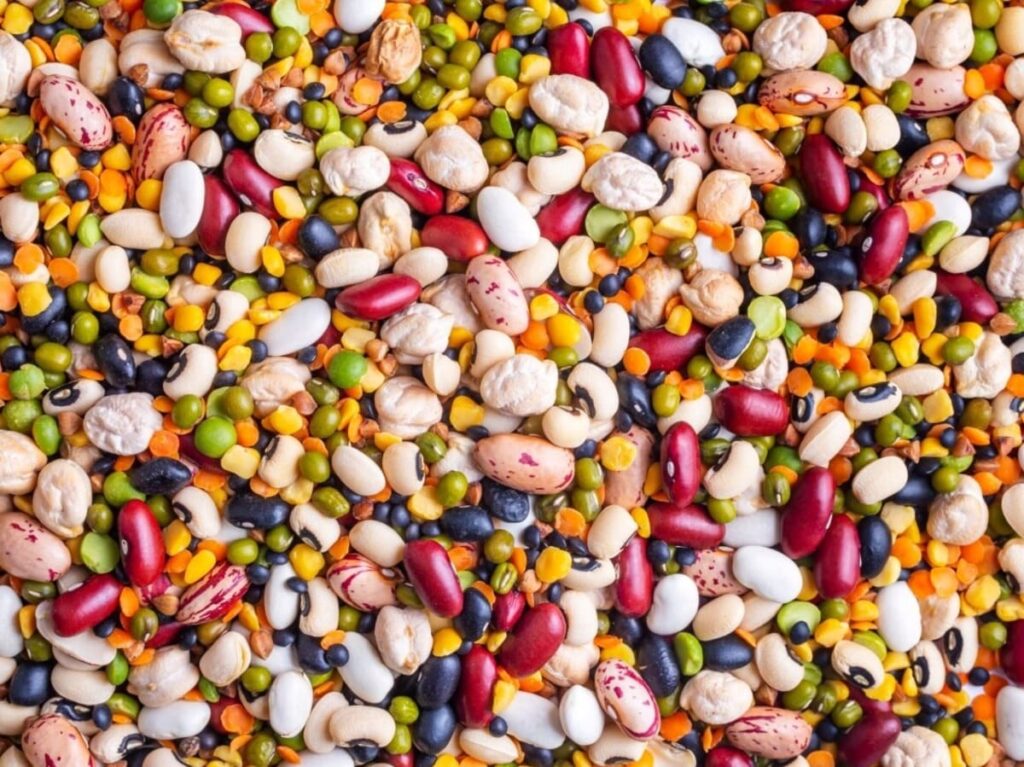The monsoon season brings respite from the scorching heat, but it also introduces a unique set of health challenges. The humidity and dampness can lead to an increase in waterborne diseases and infections. As we transition from the summer heat to the rainy season, it’s essential to pay closer attention to our dietary choices. Particularly, certain types of lentils—often considered healthy options—can pose risks during this period. In this article, we will discuss three specific lentils that should be avoided during the monsoon to ensure your health remains intact.
Lentils to Avoid in the Rainy Season
1. Moong Dal (Green Gram)
Moong dal is a popular choice among health enthusiasts due to its rich protein content. However, during the rainy season, it is prone to contamination and can develop mold quickly. Consuming spoiled moong dal can lead to digestive issues and food poisoning.
2. Masoor Dal (Red Lentils)
Masoor dal is often favored for its quick cooking time and nutritious properties. Unfortunately, it can retain moisture, leading to bacterial growth if not stored correctly. Ingesting spoiled masoor dal can result in symptoms like diarrhea and stomach cramps, making it inadvisable for the monsoon months.
3. Chana Dal (Bengal Gram)
Chana dal is rich in fiber and beneficial for heart health. Nonetheless, its high starchy content can make it a breeding ground for pests during the rainy season. Consuming contaminated chana dal can adversely affect your immune system and overall health.
Health Risks Associated with Rainy Season Foods
The monsoon season can heighten the risk of food-related illnesses. Here’s a breakdown of potential risks associated with consuming lentils during this time:
| Lentil Type | Potential Health Risks |
|---|---|
| Moong Dal | Digestive Issues, Food Poisoning |
| Masoor Dal | Diarrhea, Stomach Cramps |
| Chana Dal | Immune System Complications |
Safe Alternatives
Instead of consuming the aforementioned lentils, consider opting for alternatives that are safer during the rainy season:
- **Toor Dal (Pigeon Pea)**: Less prone to contamination and suitable for cooking.
- **Urad Dal (Black Gram)**: High in nutrition and can be consumed safely when cooked properly.
- **Rajma (Kidney Beans)**: Offers good protein levels and is less susceptible to moisture issues.
Conclusion
While lentils are an integral part of a healthy diet, it is crucial to be mindful of the varieties consumed during the rainy season. Moong dal, masoor dal, and chana dal pose health risks due to their susceptibility to contamination and spoilage. By being aware of these risks and opting for safer alternatives, you can enjoy a healthy and nutritious diet throughout the monsoon. Always prioritize food safety and hygiene to stay healthy during this rainy season.
